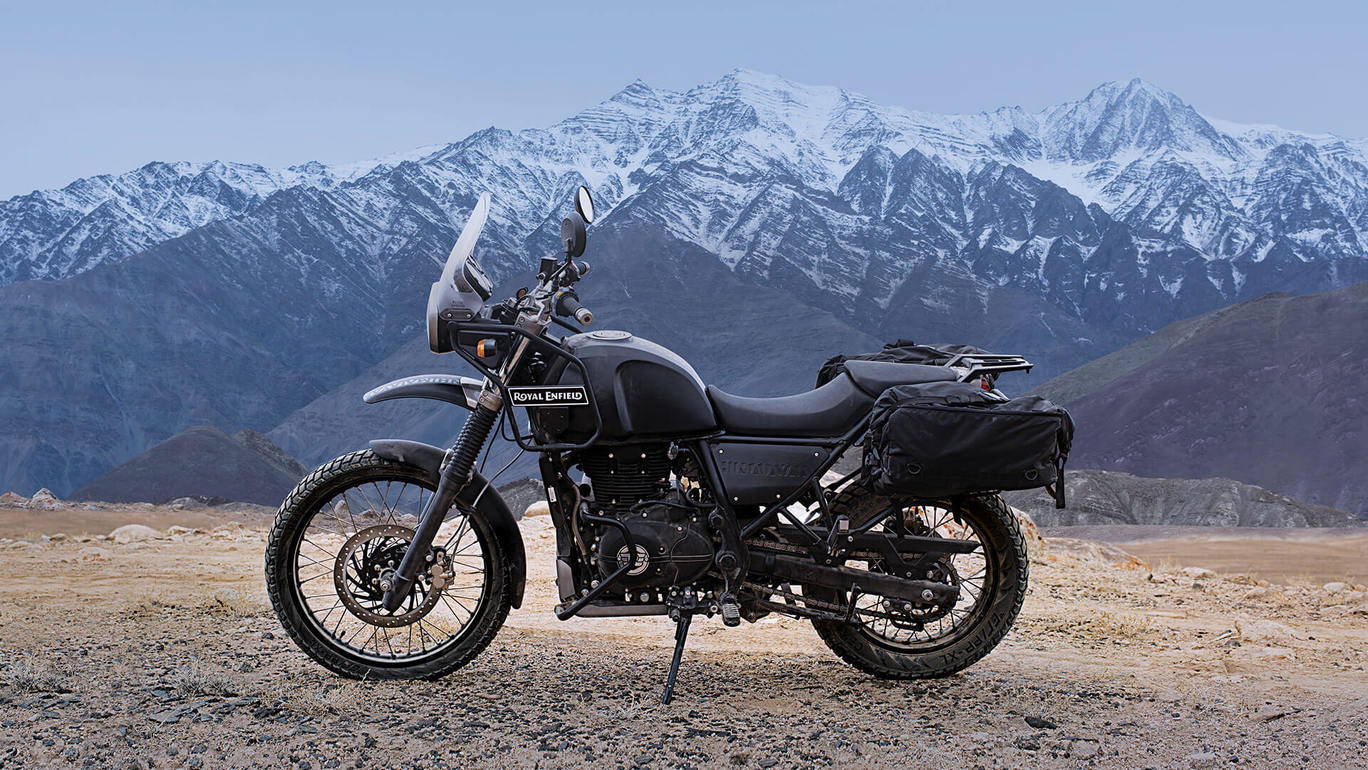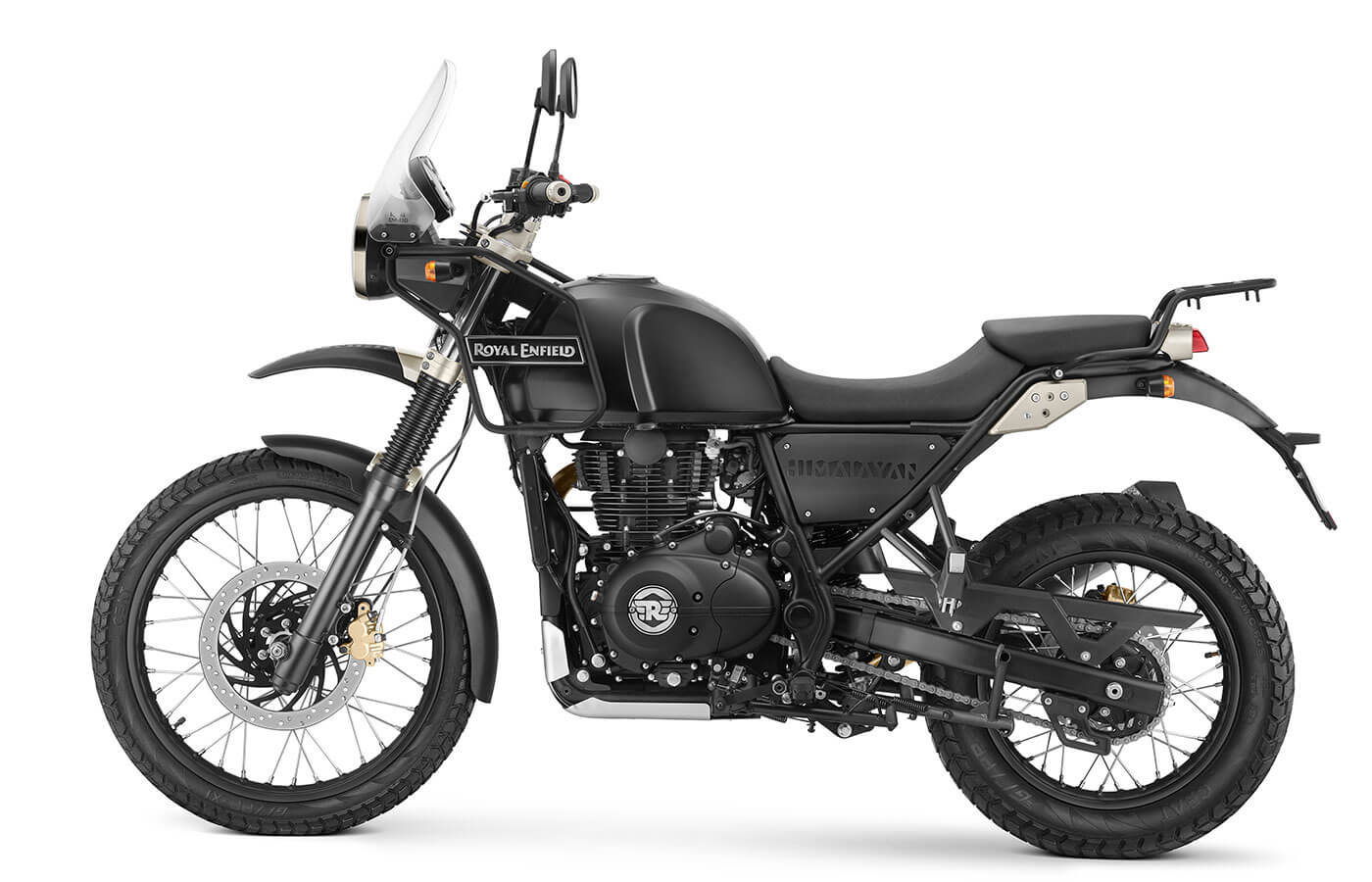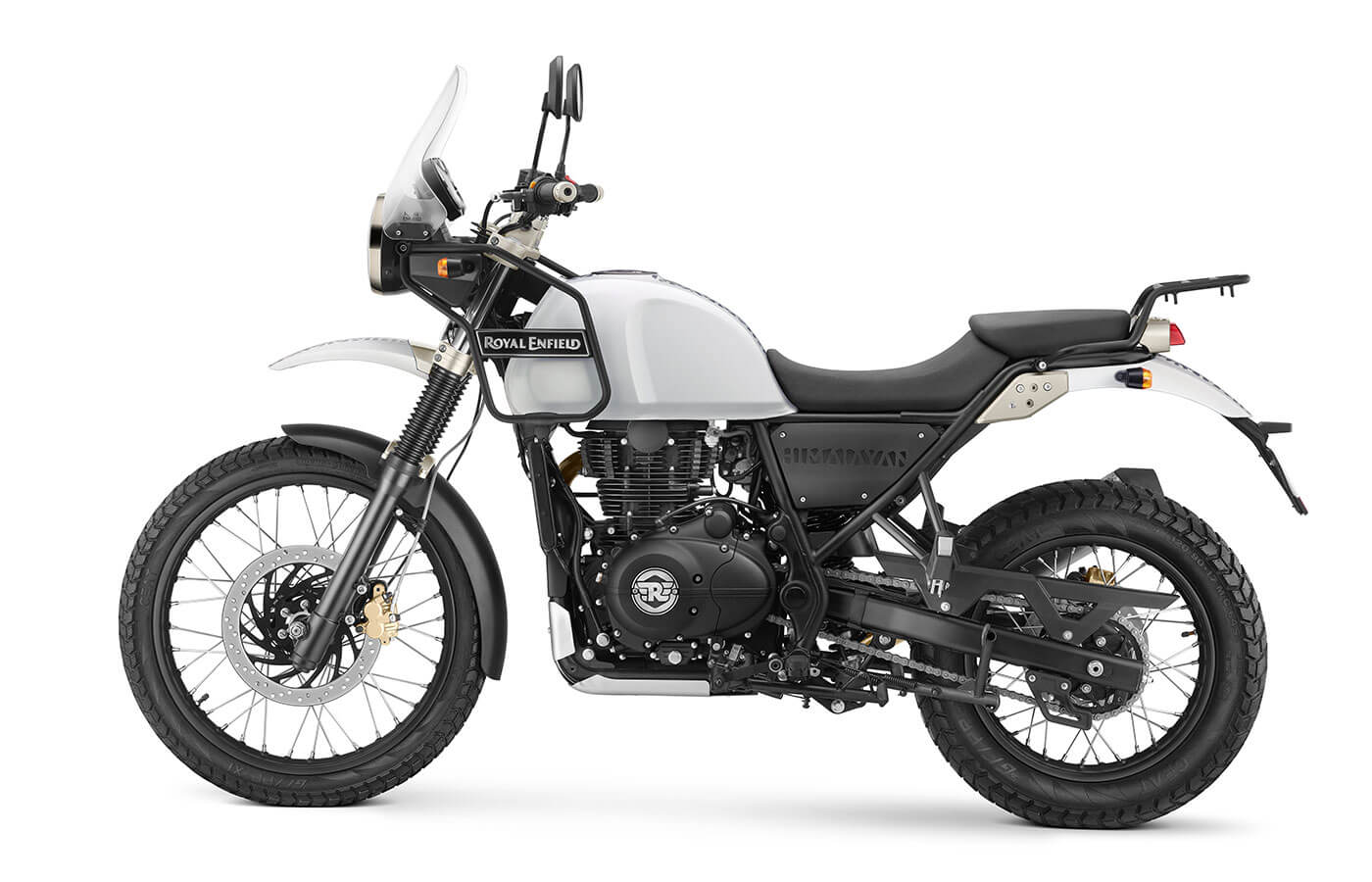Royal Enfield launched a new motorcycle in 2016 that many riders got excited about. Earlier, bikers used to get their sports bikes modified in order to drive through the challenging, yet thrilling, routes of the Himalayas. Thanks to Royal Enfield, there is now an ever-ready bike that can take these challenges head-on.
Royal Enfield took pride in launching the first-ever affordable adventure bike- Royal Enfield Himalayan. Initially, the bike had a powerful BS-III engine, but it was taken off the market in April 2017 due to non-compliance with BS-IV emission norms. Royal Enfield re-launched an upgraded version of Himalayan with a BS-IV engine a few months later.
About the Engine & Transmission
Though Royal Enfield has retained the style and design of Himalayan, it has replaced the engine with a powerful one. Royal Enfield’s prized possession, its best ever 400cc engine, has been modified in order to catch up with the BS-IV norms. The new fuel injection system has replaced the outdated carburetor, and thanks (in part) to this change, the performance of the engine is refined because the fuel delivery system has become responsive.
Gearbox
Himalayan comes with a revamped gearbox that makes shifting the gears very smooth and easy. The problematic false neutrals have been eliminated to a certain extent from the updated gearbox. Compared to prior model years, it offers more refined performance.
The Himalayan On the Road
Indian riders are undoubtedly familiar with prior model years of the Himalayan. As one of the most prolific bikes in India, every rider seemingly owns – or at least rides – a Himalayan at some point in their riding career.
Suffice to say that, compared to old ones, the new model is much improved.
Performance
The Himalayan’s performance wasn’t as powerful as it was expected to be. Its on-road performance is decent but isn’t all that impressive. A lot was expected from this rough and tough beast. The bike takes more than ten seconds to reach a three-digit speed. Climbing on the speed pyramid (160 KMPH) seemed to be quite a task. When you go from 90kmph to 110kmph, the motor starts vibrating and that vibration translates into significant handlebar buzz.
Adventure bikes aren’t known for street-ripping acceleration, but a rider looking for something spirited may find the Himalayan’s 400cc engine underwhelming.
Comfort
A majority of adventure motorcycles are equipped with a high mounted seat; in this case, the Royal Enfield Himalayan seat is positioned 800mm from the ground. The seat positioning makes it easy for most riders to get on the bike.
The seats are cushiony to make sure that your butt does not get sore, especially during on long rides. In addition to that, the bike lets the rider sit in an upright riding position to maximize the riding experience.
Suspension & Ride
Both on and off-road suspension is quite good, almost plush feeling. On road riding dynamics are hampered somewhat by the dual-purpose on/off-road tires, but off road riding is excellent. The compromise is worth it, especially if you live in an area where you’ll be doing a fair amount of dirt or gravel riding.
The dirtbike-style pegs keep your feet planted, which is particularly useful when you leave the tarmac behind.
Brakes
One area where the Himalayan could use a buff is in its brakes. 2-piston 300m front and a single-piston 240mm rear brake provide adequate performance, but spirited riding will quickly erode their effectiveness. As-is, they lack the sharp bite needed to really stand-out during performance riding, though one could argue that an adventure bike is not meant to be ridden that way.
In any case, no harm ever came from having great brakes.
Aesthetics: Beauty is in the Eye of the Beholder
And it’s safe to say that most will find the Royal Enfield Himalayan a good looking adventure bike. It has a decidedly rugged look that oozes reliability. Some bikes look fragile; the opposite is true for the updated Himalayan.
For the 2018 model year, riders can get the Himalayan in a host of colors… as long as it’s black or white (err, granite and snow). Both versions look good, but the granite scheme looks the most cohesive as it matches the engine and frame. Still, the Pandaesque look of the snow scheme is attractive in its own way.
What’s interesting is how well Royal Enfield has combined old-school looks with new technology. LED lamps, for example, are superb and highly visible, yet they blend right in with the vintage aesthetic. With a casual glance, one could mistake the Himalayan for a bike that was made 50 years ago… and that is meant with a sincere love for vintage aesthetics. It just looks cool.
Is the Himalayan Worth Owning & Riding?
Despite some performance misgivings – in the way of muted acceleration and so-so braking during spirited riding – the Himalayan is a strong package for a rider looking for an everyday bike that offers few limitations.
The reworked engine and transmission have improved riding dynamics considerably compared to pre-2016 model years, and this increase in performance does not come with an increase in price. It’s low entry point – around $2,900 USD or 20,000 Rs – makes it an affordable option for anyone seeking a bit more adventure in their life.




